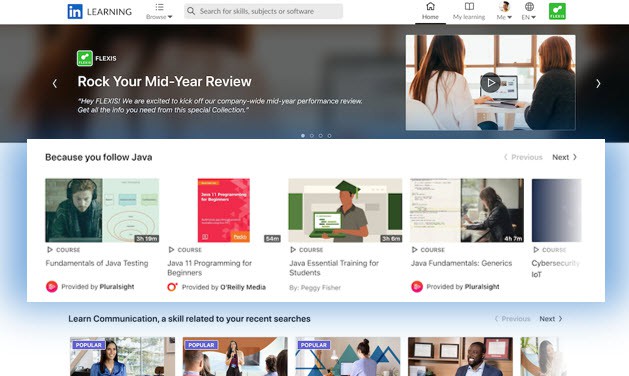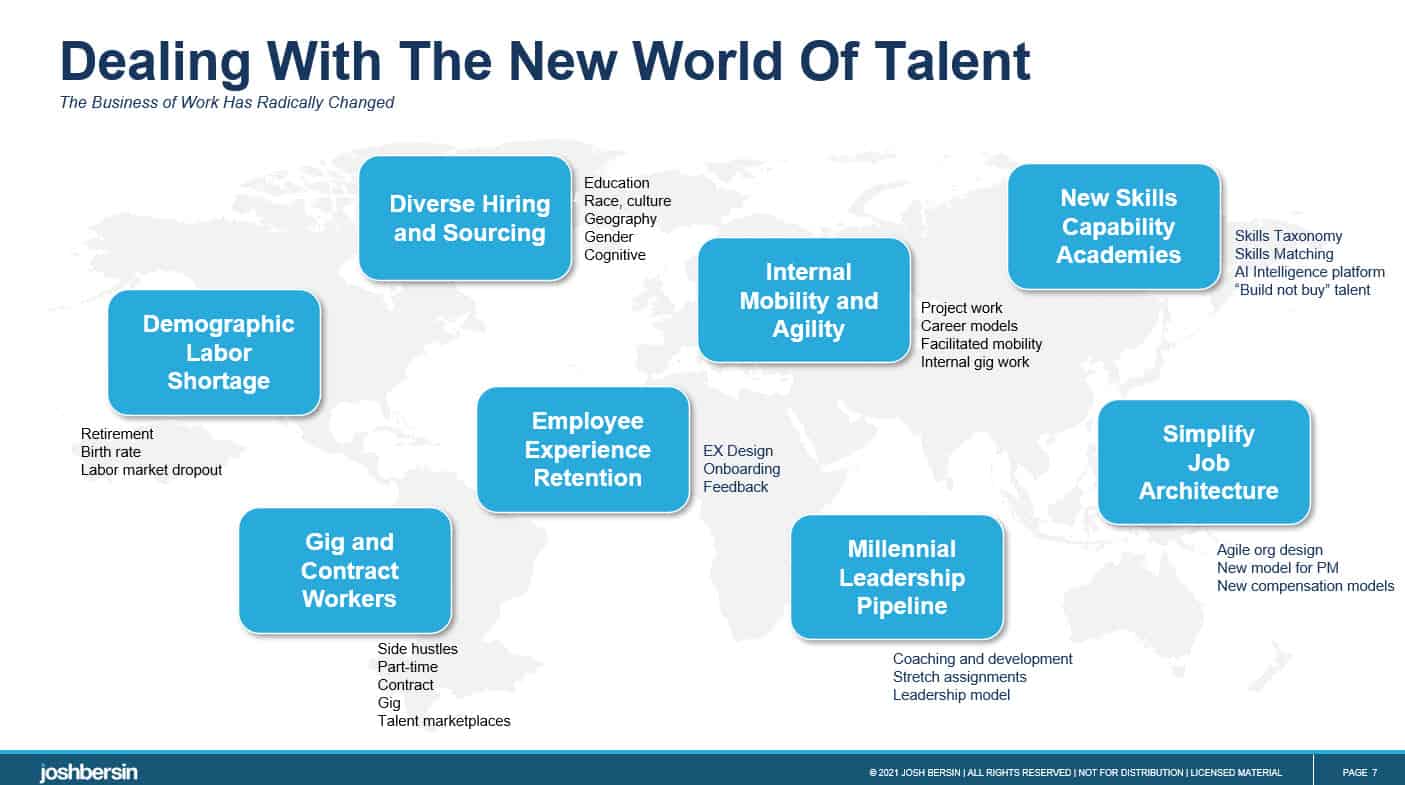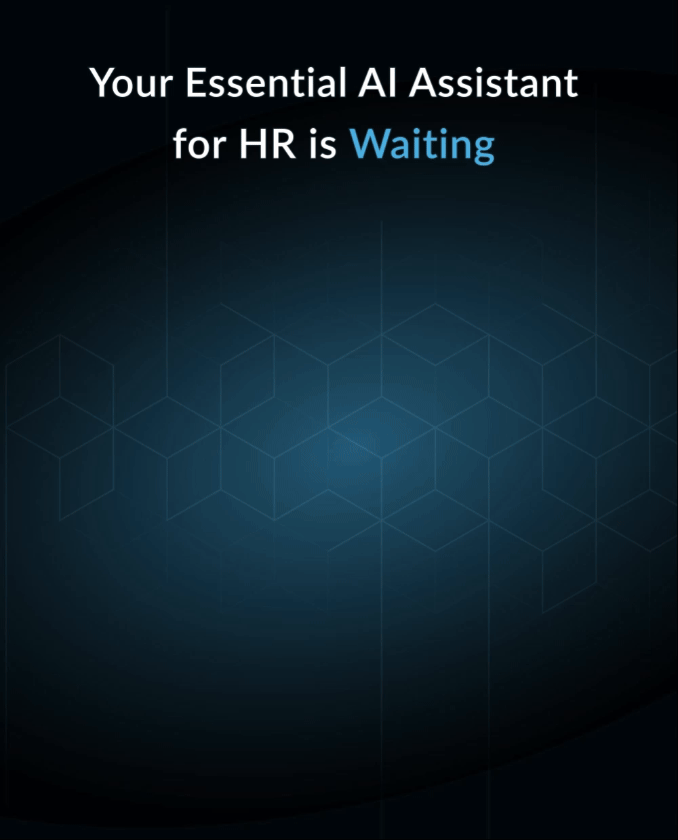In A Bold And Aggressive Move, LinkedIn Unleashes Its LXP And More
Most people think of LinkedIn as a company that offers job search, recruiting, professional networking, and marketing tools for business. Well, based on today’s announcement, the company is now much more. LinkedIn is seriously in the HR technology business and well beyond ‘just recruiting’, unleashing its Learning Experience Platform (Learning Hub), skills taxonomy, and an important internal reorganization.
Let me explain.
It starts with LinkedIn Learning Hub, the company’s new LXP.
The LXP market is one of the hottest spaces in HR, with vendors like Degreed, EdCast, Percipio, and others growing at a rapid rate.
Well, enter LinkedIn.
LinkedIn Learning Hub is a complete LXP directly positioned against Degreed, EdCast, and others. It has learning tools and includes an integrated skills taxonomy built by a blend of hand curation and AI, integrated content from Pluralsight, Harvard ManageMentor, O’Reilly, edX, getAbstract the ability to pull in content from LMS’ like Cornerstone, SuccessFactors, and Saba, and tools for curation, learning paths, branding, and customization.
Companies can integrate all their training content (courses, articles, podcasts, books, documents, videos, and even events) into Learning Hub and the system will index the content, make it easy to find, and create a wrapper of collaboration around each learning object or learning path. And there’s more: you can assign curators to keep content organized, you can create collaborative groups for cohort-based learning and custom learning paths. And you can even access skills insights to understand the skills your employees already have—including how they compare to peer companies and how they’re evolving.
 |
And the big news is this: LearningHub will be free to LinkedIn Learning Pro customers. This includes thousands of companies.
While EdCast, Degreed, and others have a big head start in the market, many companies will look at LinkedIn immediately. This is an easy-to-use solution that immediately centralizes, indexes, and arranges learning for your company. And it can recommend relevant content from any provider you use (including your own internal content). And it lets employees join groups on LinkedIn.com, so in a way, it’s a globally connected LXP, which is a pretty powerful idea.
Second, LinkedIn formally introduces its Skills Taxonomy.
The second part of this announcement is the company’s formal strategy to go after the entire skills development market. As CEO Ryan Roslansky describes in his article, developing skills, hiring, and internal mobility are all connected. Most jobs in demand (customer service, for example) require many of the skills people already have. LinkedIn, through its Skills Path, Skills Assessments, and LinkedIn Learning, can help anyone fill that gap.
The key to making this work is the Skills Taxonomy, so let me explain what this is. A Skills Taxonomy is a database of skills that is constantly updated to refer to jobs, learning content, and people. We all have “skills” in our lives and we use words that describe skills to hire people, develop people, and assess people for pay, promotion, and movement.
Most companies do not have a well-defined skills model for their jobs, so they’re shopping for tools to help. (Read about the SkillsTech market here.)
The vendor market is confusing. ERP vendors like Workday and Oracle offer skills engines in their core platform. Learning vendors like Degreed, EdCast, Fuel50, and Cornerstone tag their content and use search results to tag people. And recruiting vendors like Gloat, Eightfold, and Avature tag job descriptions and roles to match people to the right opportunity.
Since the market is relatively young, most vendors promote their “inference engine” that tries to guess what skills people have. And vendors like EdCast (Its Skills DNA), Degreed, and Eightfold.ai now offer software that looks for “related skills” so you can group them or avoid duplicates.
LinkedIn’s approach is different. Since the company already has thousands of courses, 24 million jobs, and 740 million members, the company’s focus is on the data. Rather than just selling a tool that “indexes and searches” for skills, LinkedIn Learning Hub includes LinkedIn’s skills taxonomy built-in. And given LinkedIn’s vast reach and AI expertise, it’s likely to become world-class. (LinkedIn has a staff curating this continuously.)
Time will tell, of course, but I know that every large company is now working on its own Skills Taxonomy, and many can now look to LinkedIn for help.
Third LinkedIn is reorganizing to bring its solutions together.
The third part of the story is perhaps most interesting of all: LinkedIn is integrating its talent businesses into one.
Over the years, LinkedIn built its recruitment business (jobs, career pages, advertising, search tools, analytics) as its core. When the company acquired Lynda.com, (2015) it created a LinkedIn Learning business unit and developed the Learning platform, learning content, and other learning tools. They have now become one of the largest learning content companies. Later the company acquired Glint, (2018) which offers enterprise-class employee engagement tools and analytics dashboards. Each of these groups had their own marketing, product management, engineering, and sales teams.
Well as most HR people know, all these pieces are connected. Today, as the job market changes quickly (I call it the Pixelated Workforce), recruiting, learning, engagement, and performance are now linked. Careers have decomposed to jobs and jobs have become decomposed to projects. Learning, engagement, and performance management are all integrated together.
 |
Business leaders and HR buyers want solutions that address this new world. We need to hire people in a very competitive market, look for people who are both remote and local, and simultaneously reskill, upskill, and redeploy people in the company today. And we want an irresistible employee experience along the way, so people stay productive, engaged, and committed.
Well, LinkedIn can now do all of this. The company can help a client find people in any location or any job type, they can understand the skills in demand and what new skills are needed internally, they can help people move from role to role, and LinkedIn can offer the tools to measure employee experience through Glint, support leaders, and measure and improve performance along the way.
And all this can be done with integrated skills data pulled in real-time from LinkedIn’s 740+ million members, a unified skills taxonomy, and a set of easy-to-use tools to help.
 |
This is the new world of LinkedIn. Building, marketing, and selling integrated solutions that help all companies manage their people even better.
Where Does Microsoft Fit
Then there’s the final big question. Where does Microsoft Viva fit into all of this? Well at this point LinkedIn sees Microsoft as an amazing partner to work with. LinkedIn Learning is already natively integrated into Microsoft Viva and I would expect more integrations to come. Viva Learning, in particular, will leverage a lot of the content integration and taxonomy work in LinkedIn.
Why This Is A Bold and Aggressive Move
Why do I think this is bold and aggressive? It shows that LinkedIn wants a bigger piece of the massive HR Tech market. While LinkedIn doesn’t compete with Workday or Oracle directly, it’s clear that LinkedIn is now in the HR Tech market and will compete heavily for learning and skills tools. Once the salesforce is integrated and the whole story comes together, I wouldn’t be surprised to see LinkedIn position itself as the “integrated HCM platform” for many companies.
This has been a long journey for the company. I first talked with the team about the LXP market more than three years ago and they have been evolving their platform in that direction ever since. Well now it looks like they’ve delivered, and there’s a lot of goodness for everyone.
Want To Understand The SkillsTech Market? Listen to this podcast.
